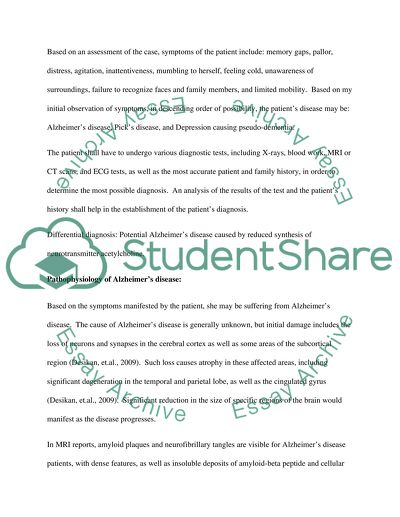Cite this document
(“Pathophysiology of the Nervous System Essay Example | Topics and Well Written Essays - 3000 words - 1”, n.d.)
Retrieved from https://studentshare.org/health-sciences-medicine/1401355-pathophysiology-of-the-nervous-system
Retrieved from https://studentshare.org/health-sciences-medicine/1401355-pathophysiology-of-the-nervous-system
(Pathophysiology of the Nervous System Essay Example | Topics and Well Written Essays - 3000 Words - 1)
https://studentshare.org/health-sciences-medicine/1401355-pathophysiology-of-the-nervous-system.
https://studentshare.org/health-sciences-medicine/1401355-pathophysiology-of-the-nervous-system.
“Pathophysiology of the Nervous System Essay Example | Topics and Well Written Essays - 3000 Words - 1”, n.d. https://studentshare.org/health-sciences-medicine/1401355-pathophysiology-of-the-nervous-system.


